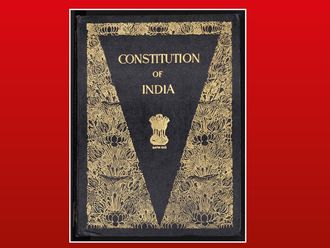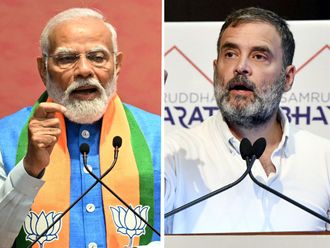The latest outbreak of violence in and around Donetsk airport has strained the credibility of a ceasefire between the Ukrainian military and separatists seeking independence and close ties with Russia. The shaky truce was agreed to three-and-a-half weeks ago, when representatives from Moscow and Kiev met in Belarus in an effort to end six months of hostilities in the eastern region of Ukraine. In attacks over the past several days, at least a dozen people have been killed and scores injured, following intensive fire-fights and a tank attack near Donetsk. That the ceasefire was tenuous on the ground was in little doubt — neither the pro-western Ukrainian government nor the pro-Russian separatists have moved beyond the ideological lines that caused the rift initially. With the separatists believing that the Kiev government is illegal and has abolished their equal Russian language rights, they see little reason to either trust or agree to terms with Ukraine. And the Kiev government sees Russian fingerprints all over the crisis, with the Kremlin supplying men and material to the separatists in an effort to create the conditions for a permanent schism and unity with the former Soviet Empire.
The escalation in violence is a serious threat to the European-brokered peace deal. That agreement called for both sides to withdraw along a buffer zone, putting space — and peace — between the factions. So far, violence in eastern Ukraine has killed an estimated 2,100 people and the new Ukrainian President, Petro Poroshenko, has said that his forces will continue to fight as long as the insurgents fail to silence their guns.
The intractable nature of this crisis reflects the chaos on the ground, where local separatist commanders act as powers onto themselves as they do not have a coordinated command and control structure. It was this lack of coordinated command that brought about the circumstances in which a local commander with anti-aircraft missiles at his disposal could target and down a civilian aircraft. The challenge for all — and that includes Nato and Moscow — is to find a mechanism on the ground that can regulate and police the ceasefire.








